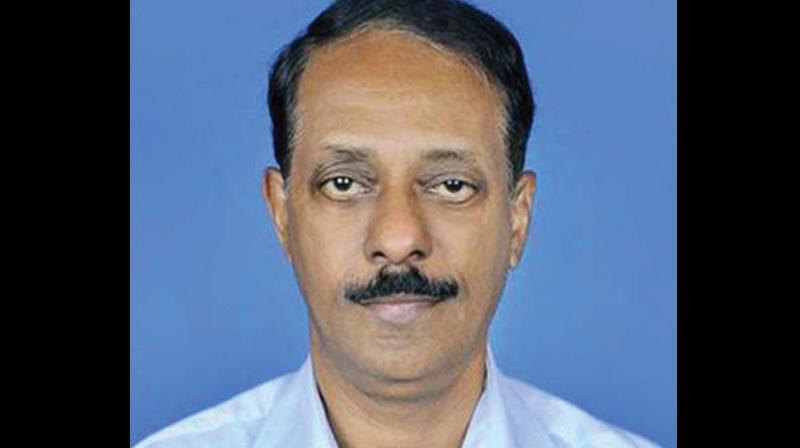Changes in landslides, rainfall pattern: Expert
At Meppady, the landslide occurred at a portion of tea plantation where there are no trees, he said.

Kottayam: The rainfall pattern in the state has changed leading to catastrophes like the landslides that struck Meppady in Wayanad and Kavalappara in Malappuram.
What caused the severe 'mudslides' was the short- duration high-intensity rainfall lasting for a few days, unlike the long-duration high-intensity rainfall involving rock fragments, mud and water lasting for at least one month last year resulting in landslides.
This is the view of disaster management expert and former MG University vice-chancellor Dr A.V. George, who is now professor of geology at the Adama Science and Technology University in Africa.
He felt that the warning being issued to the public should be changed taking into account the change in the rainfall pattern. High-intensity uninterrupted rainfall lasting for a few days can cause devastating mudslide, which is a rare occurrence in Kerala. The 'mudslide' doesn't involve huge quantities of rock fragments. Similar mudslides can occur at open places where trees are less even if the slope is not steep.
At Meppady, the landslide occurred at a portion of tea plantation where there are no trees, he said.
"Trees delay the infiltration of water to the soil protecting the slope. The infiltration rate will be more where trees are absent causing mudslides," he said.
"The warning to the people on these occasions should be specific," he added.
The speciality of this year's landslides is that the soil mainly between the rock and upper soil moved causing huge devastation.
"These types of landslides can happen if the quantity of rainfall is more and the duration is less, especially if the thickness of the soil in the slope is more. If the rain is intermittent over a period of time, then deep rock also may be involved due to the infiltration at a slow rate through the underlying rock fractures.
The materials involved will also be rock fragments and the damage will be more," Dr George said.
The downstream flow of the materials has not affected the deep rock materials considerably. Below the soil the rock is intact. The present landslides were not accompanied by rock, but by soil and water, he said.
"This year's landslides are related to deforestation," he said.
Dr George had previously conducted a study on the landslide-prone areas along the Munnar-Thekkady highway and identified eight areas.
In the subsequent years, landslides occurred at four of these places.
There is a remarkable change in the pattern of landslides compared to last year, he said.
The mudslides result in total destruction of trees and also the land becomes sterile for cultivation, Dr George said.
The state and the central governments should jointly take up a project to identify the landslide-prone areas to reduce the calamities, he said.
